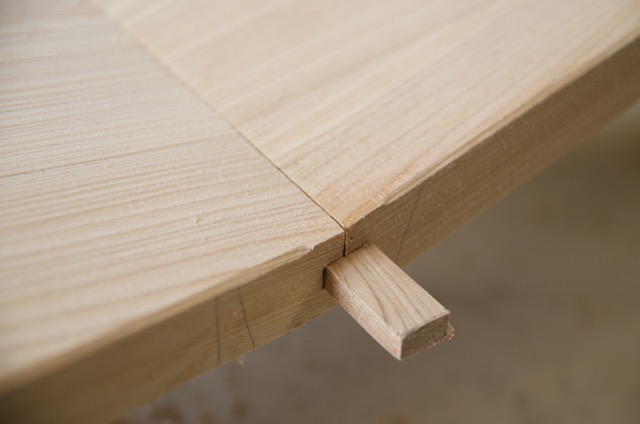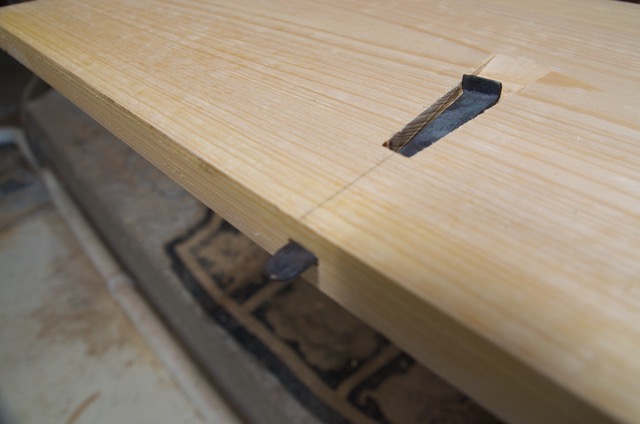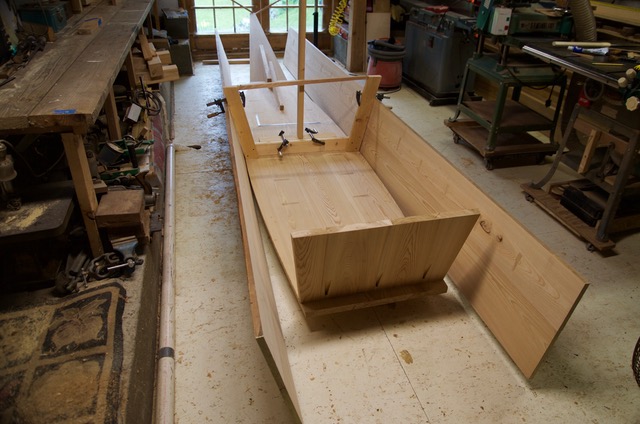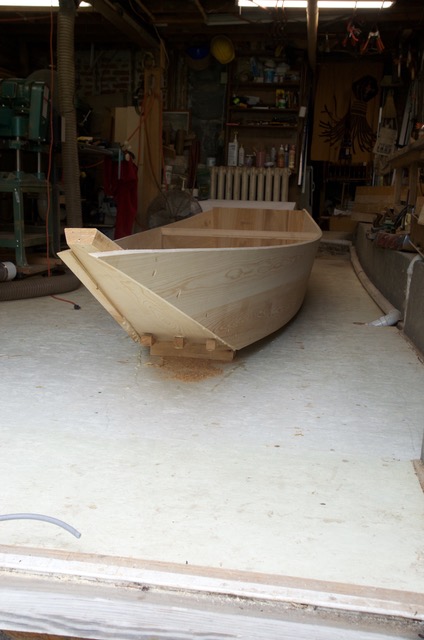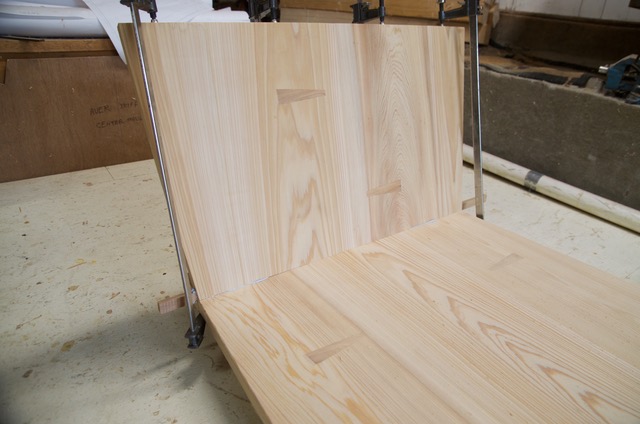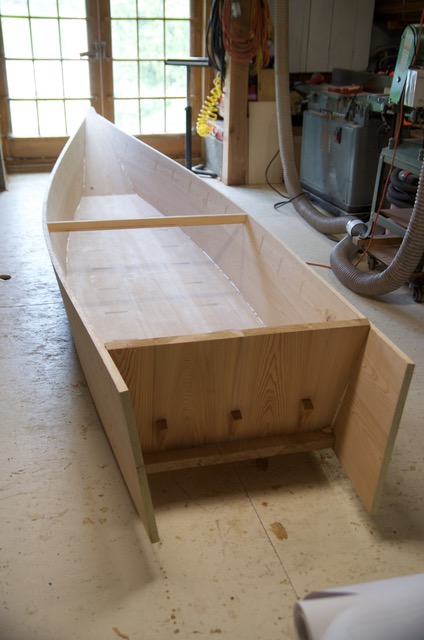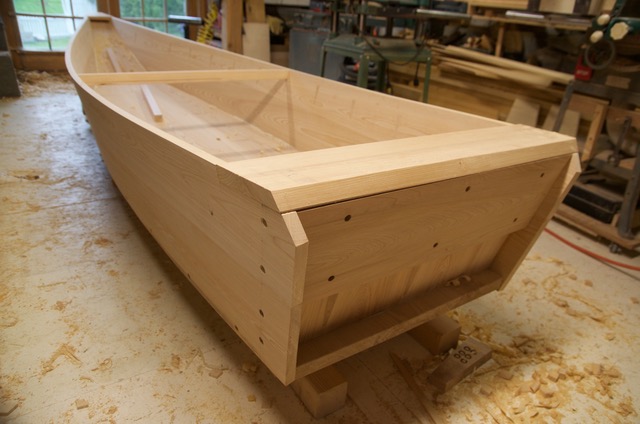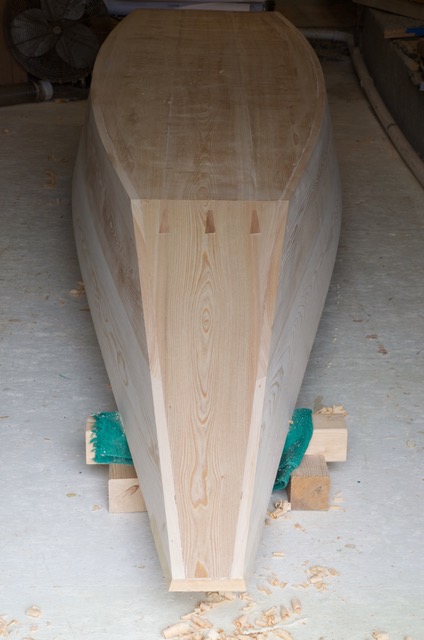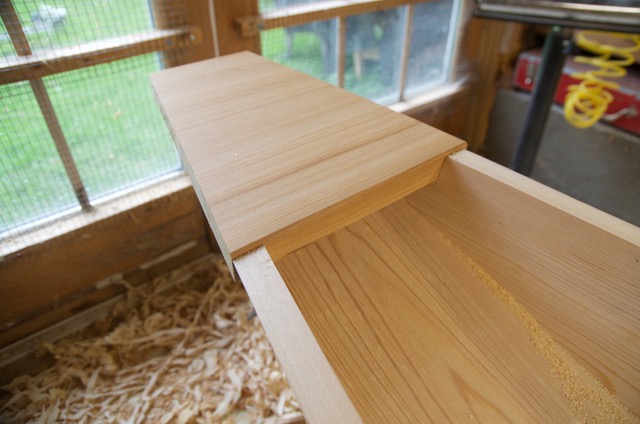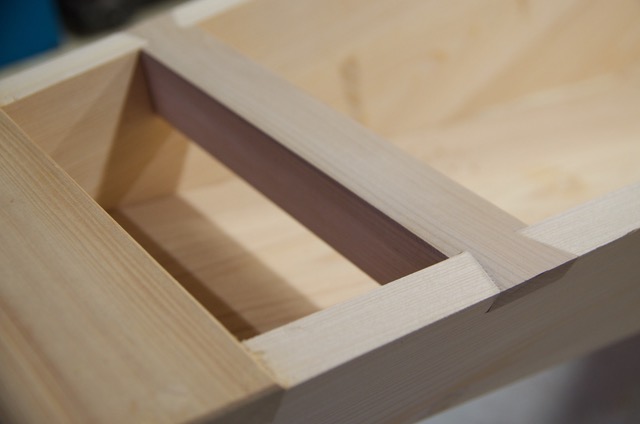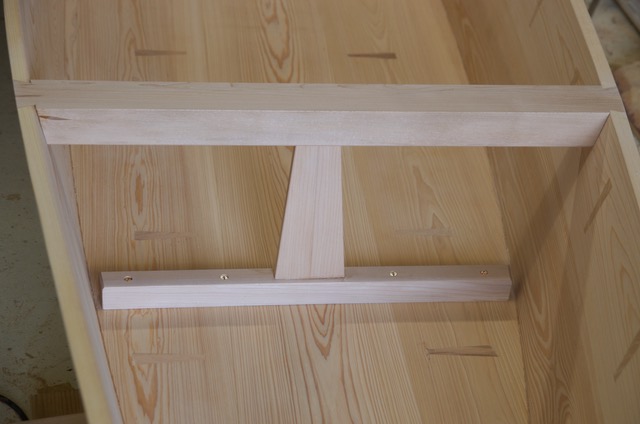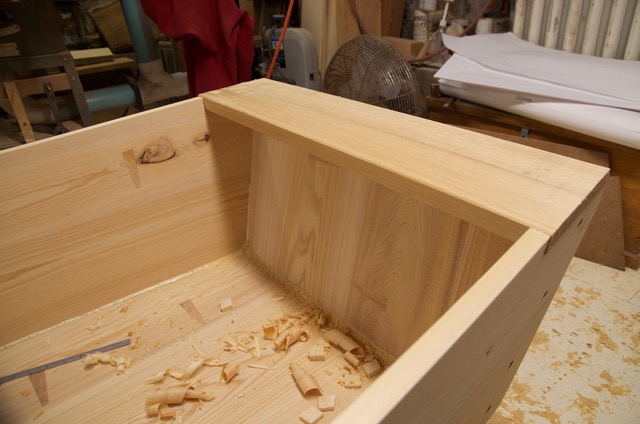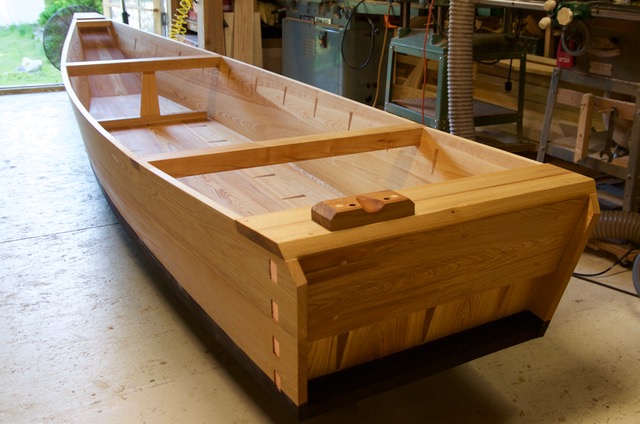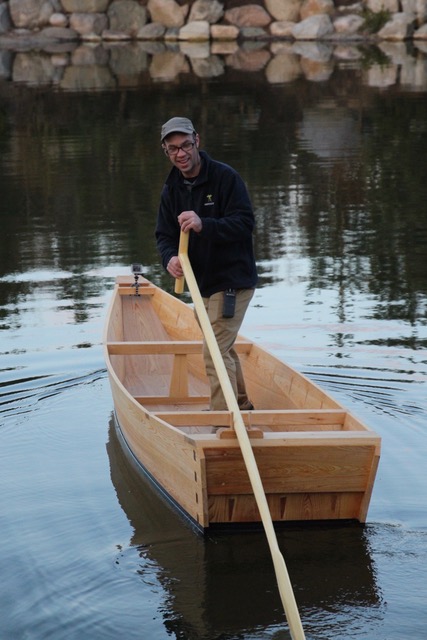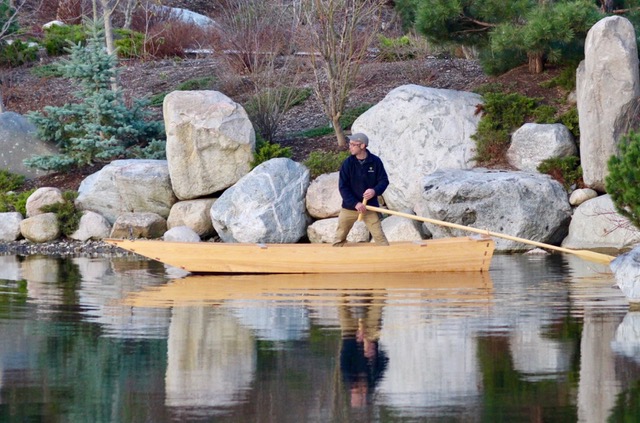Meijer Garden Ayubune
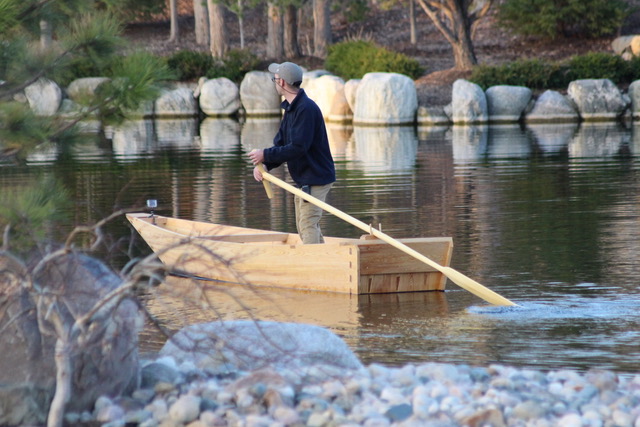
In early 2017 I built a boat commissioned by the new Japanese garden at the Frederick Meijer Botanical Garden & Sculpture Park in Grand Rapids, MI. They had a restricted space for a boat so I chose a design of a river boat I had studied on the Hozu River in Kameoka, Japan. This type, called an ayubune, features a wide plank bow, like a pram, which gives the boat more volume for a given size. That construction was required on the Hozu, which has stretches of white water. The wide stem give the bow more buoyancy and resists burying navigating white water. I have done research on the boats of this river over several visits and you can see another version of this boat I built in Kameoka here (http://douglasbrooksboatbuilding.com/ayubune.html). At my Teaching page you can see another Hozu River boat I’ve built with students at Middlebury College (http://douglasbrooksboatbuilding.com/japanese-middlebury.html).
I built the boat using southern cypress from stock I bought years ago from a mill in Virginia. The bottom and side planks were all edge-nailed using hand forged nails made by blacksmith Jim Fecteau of Huntington, Vermont.
The wide bow also facilitates bending the side planks since the curve and twist is less severe. I did make one center mold which is not traditional to Japanese boatbuilders, but I wanted to ensure the two side planks stayed at the same angle, and it simply speeded the process along.
When I was in Kameoka researching these boats I had the opportunity to interview the last man who built them. His father had spent his life building boats and the son (my age) apprenticed with his father but spent most of his career building fiberglass boats. He told me the bow/bottom and transom/bottom connection was a tongue-and-groove joint. I mimicked what he described, but used a spline instead of a tenon. I routed a groove in the edges being joined and then inserted a spline when I assembled them. It was easier to make the joint more precise this way and I could gain some strength by having control over the grain direction in the spline.
The decks fore and aft are let into the side planks and the beams fasten with a half lap dovetail joint. There is one floor timber connected to the beam with a vertical plank. I made a twelve foot sculling paddle which can also be used like a pole. On the Hozu most small boats like this one were poled with bamboo poles.
In Kameoka I was able to measure historic ayubune in 15, 18, and 24-foot lengths. My Winter Term course in Japanese boatbuilding at Middlebury College in 2018 built the largest version with students.
Video courtesy of Frederik Meijer Gardens & Sculpture Park
The Garden displays the boat under a shelter and staff use it in the maintenance of the pond. Note: all photos of the boat in the Garden courtesy of Frederik Meijer Gardens & Sculpture Park.
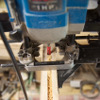
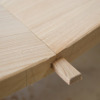
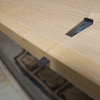
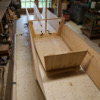
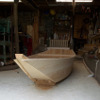
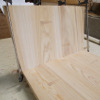
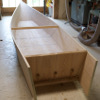
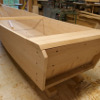
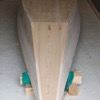
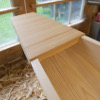
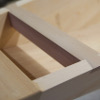
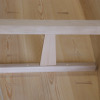
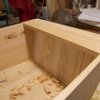
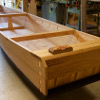
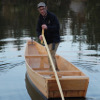
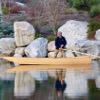
© Copyright Douglas Brooks, 2007 - 2018. All rights reserved


